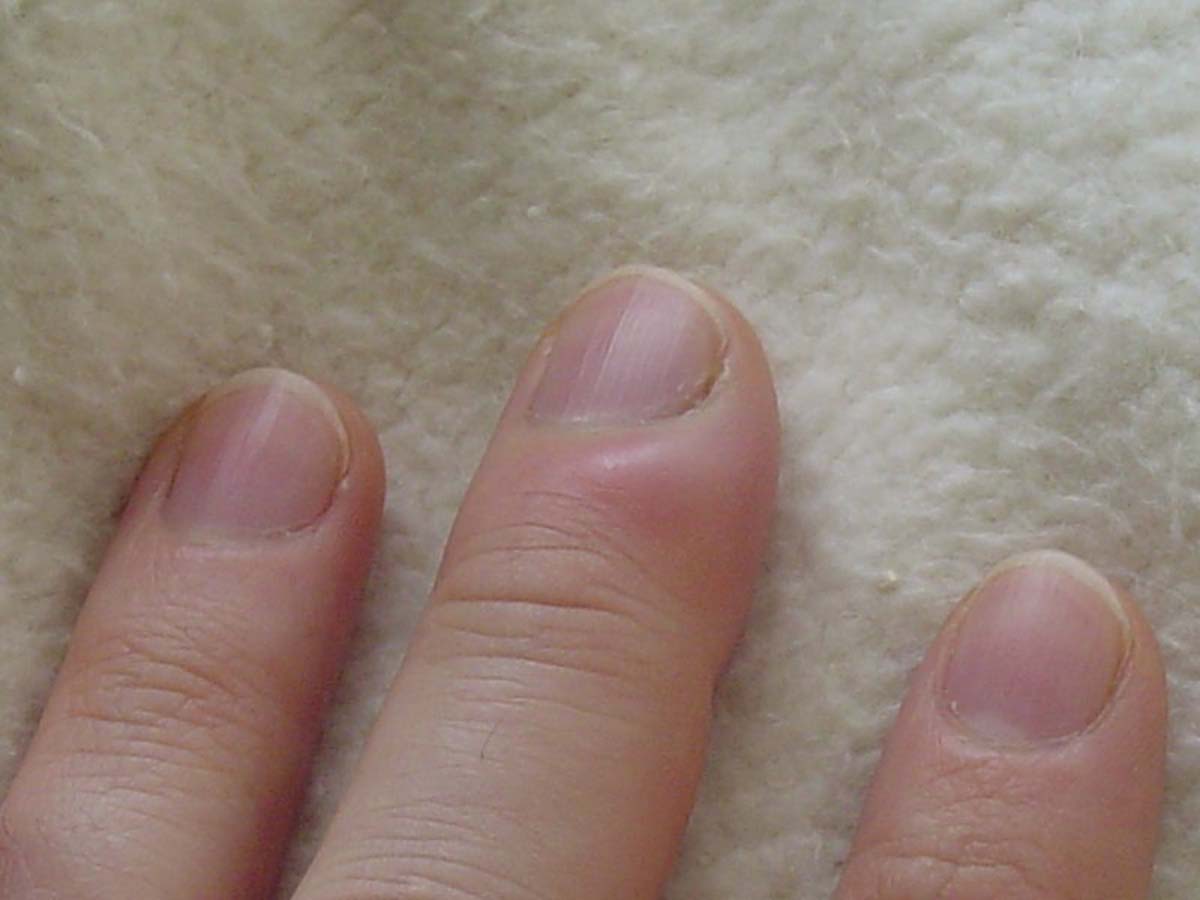
Toenail Fungus - Introduction
One of the most common fungal infections in the world is definitely toenail fungus infection. It affects the both genders and people of all ages. Nail fungus infection is medically known as onychomycosis. The infection may affect both, fingernails and toenails but toenail fungal infection is definitely more common. There are certain predisposing factors for this condition including damp and moisture environment.
Feet are most of the time in shoes where moisture is usually increased which contributes to the occurrence of fungal infection. This particularly affects people who are prone to wear synthetic socks or spend too much time in sneakers (athletes). Even poor hygiene of toenails may be a cause of toenail fungal infection. In some cases contact with a person infected with certain dematophytes may result in toenail fungal infection.
Toenail infection can be easily treated but if left neglected it may turn into a painful, uncomfortable condition. The infection develops as a consequence of multiplication of the fungi on the nail bed. The fungi feed on keratin which is the protein of the upper surface of the nails.
Signs of Toenail Fungus
The infection generally starts at the far end of the affected toenail. In case the infection is not treated at this stage it spreads inward. The most frequently affected toenails are the big and little toe.
The first sign of toenail infection is noticeable change in nail color. There may be white or yellow patches underneath the affected nails. Since these can be neglected the infection progresses and the entire nail eventually becomes yellow, brown or in extreme cases black. In one type of toenail fungal infection called white superficial onychomycosis the nail is not yellow, brown or black. It is white and this color stays until the nail is complete cured. Furthermore, the affected nail in white superficial onychomycosis is soft, dry and powdery.
Apart from change in color even the texture of the affected nail is ruined. Namely, the nail becomes thicker, chalky and brittle. Thickness may be sometimes so intensive that the patients simply cannot cut the affected nail. The nails may be even shedding and their edges may be crumbling. In extreme cases there is even a loss of the nail.
Underneath the infected nail the doctor may find keratinous debris which resembles dirt. The debris causes swelling of the nail. And finally, there is also foul smell in case of severe infection.
Treatment for Toenail Fungus
The treatment includes certain remedies and medications. They are either applied topically or taken orally. Apart from the treatment one is supposed to maintain proper hygiene of the affected toe. This can be perfectly achieved by regular washing, wearing clean socks made of natural fibers and breathable shoes. The nails must be kept dry and clean.



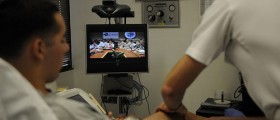
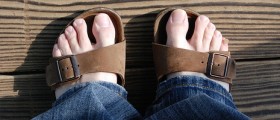
_f_280x120.jpg)



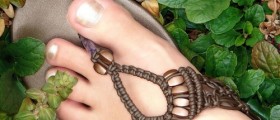

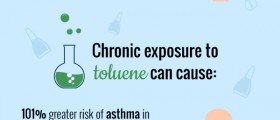


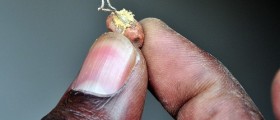


Your thoughts on this
Loading...